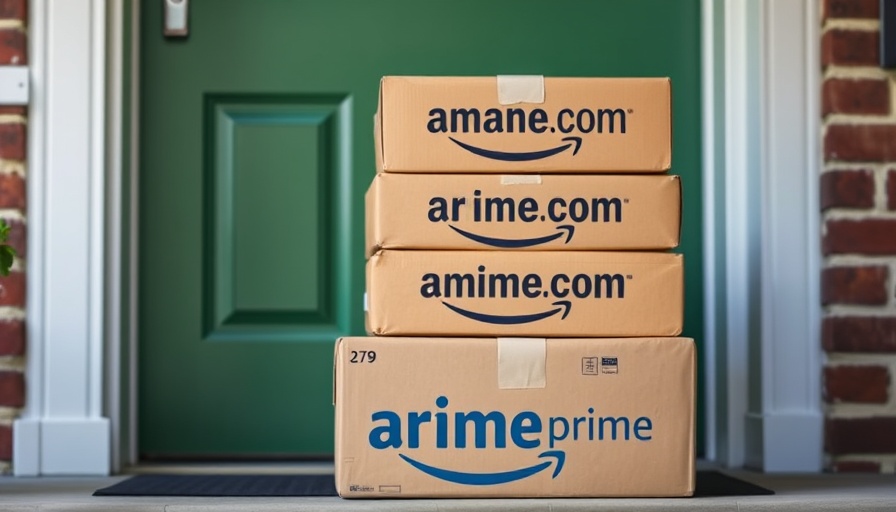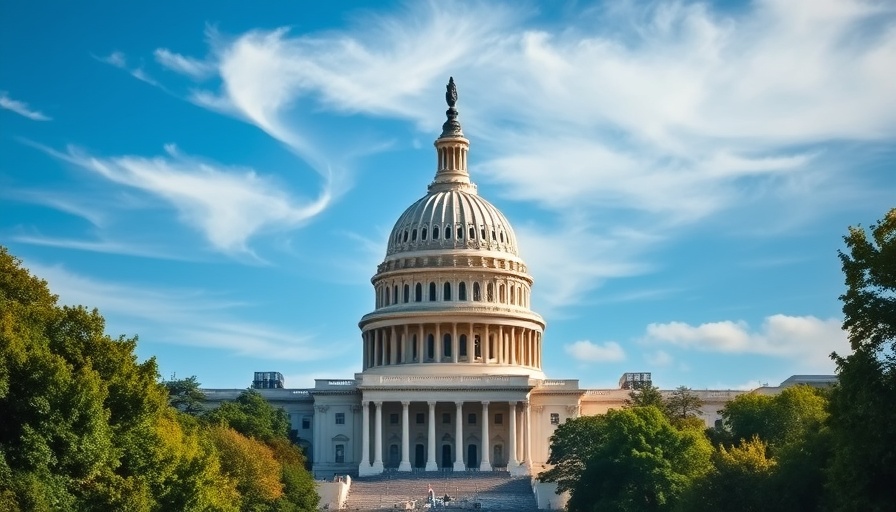
What Is Shrinkflation and Why Does It Matter?
Shrinkflation is the trend of companies reducing the size, quality, or quantity of products while raising prices—a phenomenon that seems to be sweeping through grocery aisles. For families and individuals trying to stick to budgets, this often goes unnoticed until it’s too late. Understanding shrinkflation is vital to navigating personal finance effectively, as it subtly impacts our budgets and spending habits.
Staples Hit Hard by Shrinkflation
During these challenging economic times, certain grocery staples have faced significant shrinkflation. Here are some that have drawn the attention of consumers:
- Breakfast Cereals: Many brands have either reduced the box size or the amount of cereal in each box, leaving consumers paying the same, if not more, for less product. This can put a dent in your household budget when feeding a family.
- Snack Foods: Whether it’s chips or granola bars, many snacks have seen a smaller serving size. For those who rely on these for lunch boxes or after-school snacks, the shift impacts not just budgets but also nutritional considerations.
- Meat Products: Shrinkflation has affected meat packaging and size. Many grocery stores are offering less meat per package for the same price, which can be especially frustrating for families trying to plan meals economically.
- Condiments: Ketchup, mustard, and sauces are not immune either—smaller bottles at higher prices mean that something as simple as a family barbeque can end up costing more.
- Frozen Foods: Popular frozen meals have shrunk in size, meaning less food and more money spent per meal. This shift can strain budget-conscious households very quickly.
Strategies for Consumers to Combat Shrinkflation
As tempting as it may be to complain, taking proactive steps can help shoppers manage their budgets in the face of shrinkflation. Here are some effective strategies:
- Prioritize Bulk Buying: Purchasing items in bulk can yield savings and provide greater quantities for less money. By planning and tracking expenses wisely, consumers can often combat the effects of smaller packaging.
- Explore Generic Brands: Many store brands provide similar quality at a lower price point. With the rising cost of living, exploring alternatives can lead to significant savings in the long term.
- Utilize Coupons and Discounts: Staying vigilant about local sales, discounts, and using digital coupons can mitigate shrinkflation costs. This type of financial planning can provide a tangible injection to your monthly budget.
Why Awareness of Shrinkflation Matters for Your Financial Goals
Recognizing shrinkflation's impact on daily expenses is paramount not just for budgeting, but also for achieving longer-term financial goals, such as debt reduction and planning for retirement. If consumers can identify which staples are being affected, they can adjust their spending habits accordingly, which can help in tracking expenses across various necessary budget categories.
Moving Forward with Financial Wellness in Mind
By being aware of shrinkflation and its effects on our groceries, we can make informed decisions that will aid in reaching financial wellness. Make informed choices when it comes to household spending, focusing on how every purchase impacts your immediate and long-term financial goals. Awareness leads to better decision-making and enhances our budgeting efforts—important steps towards personal finance health.
As you navigate your grocery shopping, don't forget to share what you've learned with family and friends. Together, stronger community bonds can foster collective awareness of financial trends and empower individuals to take control of their financial wellness.
If you’re looking to boost your financial literacy and take actionable steps towards reaching your financial goals, don’t hesitate to subscribe to our newsletter for tips and guidance tailored to your needs!
 Add Row
Add Row  Add
Add 




Write A Comment